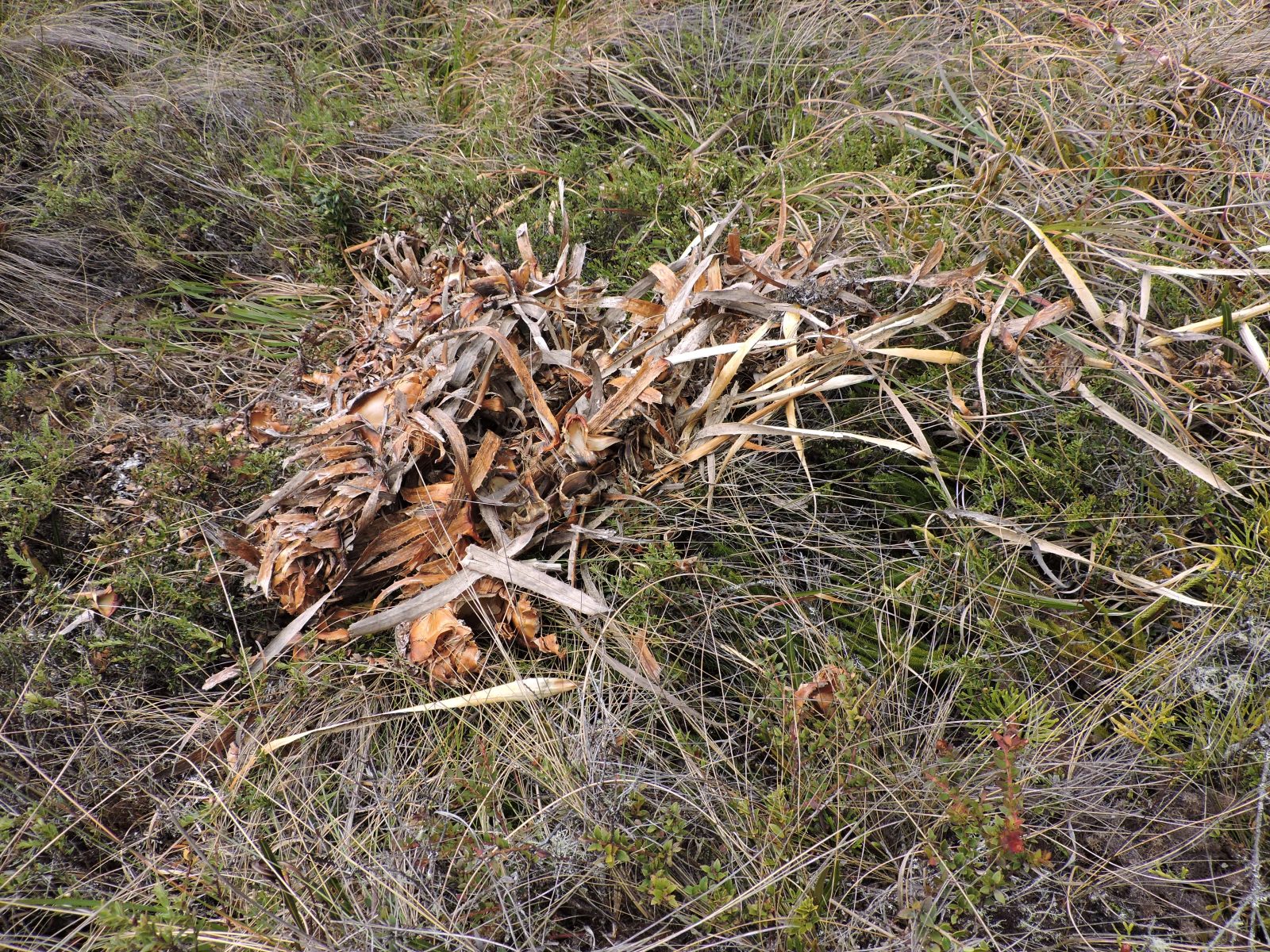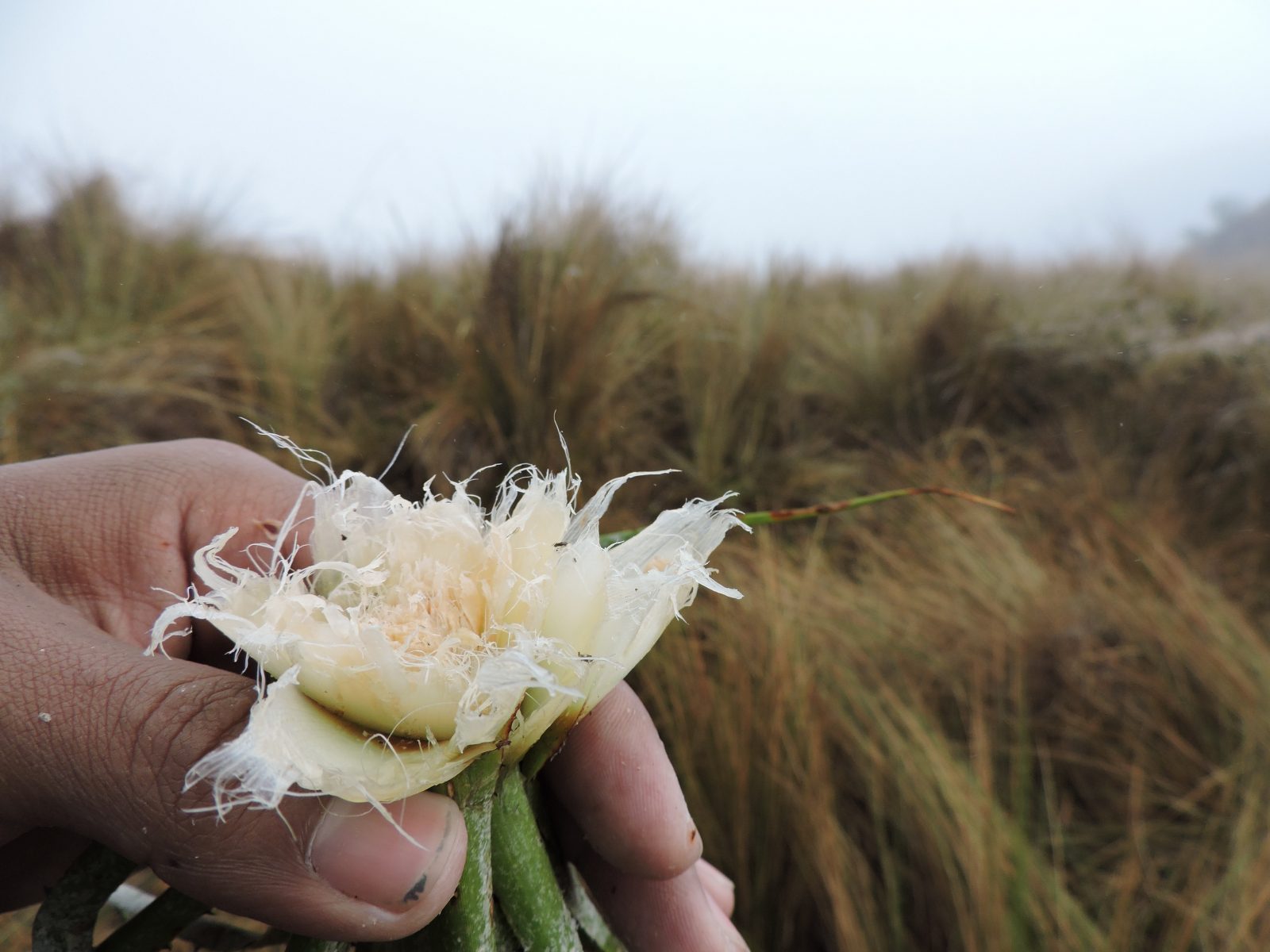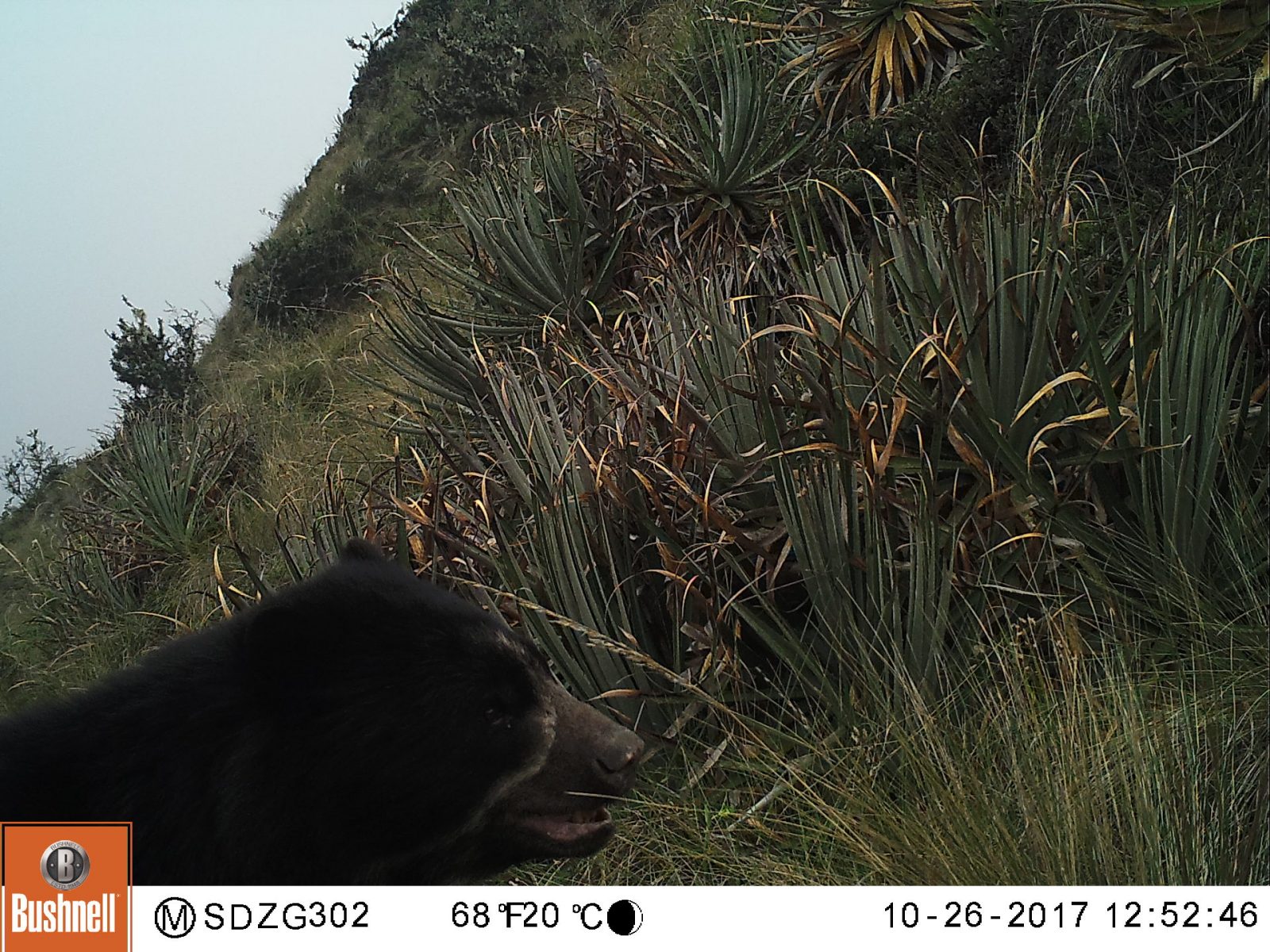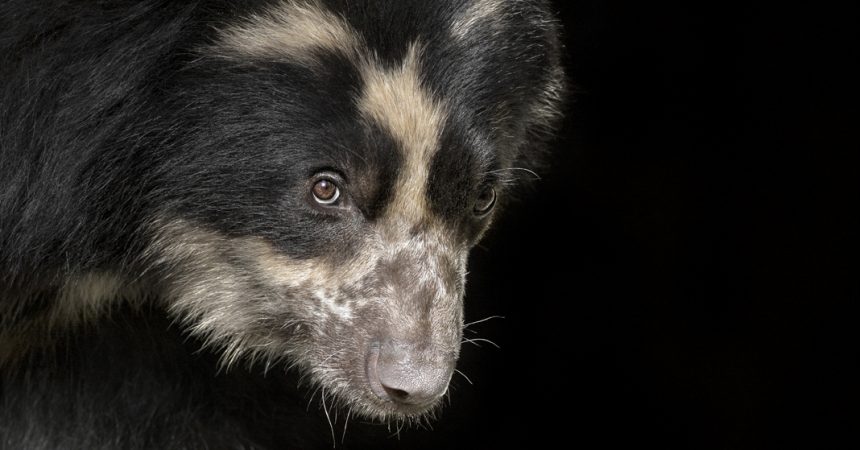You might think that researching the diets of large, charismatic predators—such as bears and big cats—must be like filming a David Attenborough documentary that carefully studies the most exciting moments of the hunt: the stalk, the chase, and the kill.
However, the science itself usually is not like that. The most effective (and safest) study comes after the kill is made—as it was in my Ph.D. research on polar bears—and the scene is pieced back together like a CSI investigation. And, in the case of some species of bears with more vegetarian tendencies, the food they seek doesn’t run or hide.
Take Andean bears, for instance: very little is understood about their diet. We assume that they fill a similar ecological role to the omnivorous North American black bear, but direct dietary studies have been rare. So, over the last year, we have set out to learn more about the culinary predilections of Andean bears in southeastern Peru, specifically in the high-elevation grasslands.
The “scenes of carnage” we are looking for are often strewn messes of plant bits, not unlike what is left behind when Xiao Liwu tears into his bamboo at the San Diego Zoo. Bears forage in concentrated patches, whether they are grizzlies digging up sweet vetch roots or pandas shearing through bamboo. A bear is a bear, the signs of foraging are similar, and Andean bears are no different.

Andean bears will often concentrate their appetite into patches, and leave a characteristic mess behind.
Andean bears predominantly inhabit cloud forests, but will transit across grasslands to get from one patch of forest to another—and sometimes, they spend extended periods in the grasslands. While in the grasslands, they often find one of their favorite snacks: bromeliads. Bromeliads are a large family of plants, including species that most people are very familiar with, such as pineapple (although pineapple itself is not available to these particular bears).
When Andean bears eat bromeliads, they are very precise about what they want: the stalk of each leaf where it attaches to the base of the plant. The leaves themselves are covered in sharp spines, but the base of the leaf is tender.

The remains of a freshly eaten bromeliad, with the fleshy white innards the focus of the bear’s precise foraging.
Andean bears also prefer bromeliads of a certain age. Like pineapples, some bromeliad species are biennial: they grow in the first year, flower, and die the next year. So far, we’ve noticed that Andean bears seem to prefer non-flowering bromeliads early in their growth cycle, potentially because the plant is sweeter before producing a flower.
By understanding where and when Andean bears eat bromeliads, we can identify important habitats and seasons of use. Although following this species’ stalking and chasing of bromeliads may not be fodder for popcorn-crunching predator-prey documentaries, the science is critical to the conservation of Andean bears.

An adult male Andean bear wanders past our cameras in the grasslands of southeastern Peru.
Nicholas Pilfold, Ph.D., is a scientist in Population Sustainability at the San Diego Zoo Institute for Conservation Research. Read his previous post, How Do Polar Bears Find a Date?





